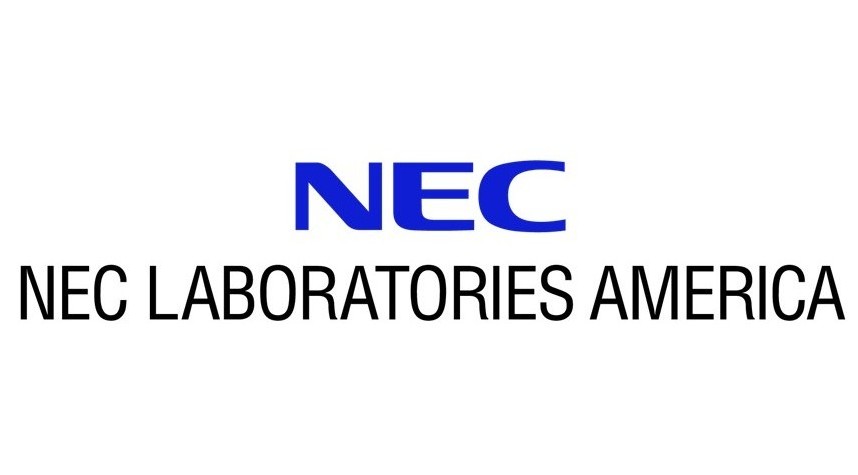SkyRAN: A Self-Organizing LTE RAN in the Sky
We envision a flexible, dynamic airborne LTE infrastructure built upon Unmanned Autonomous Vehicles (UAVs) that will provide on-demand, on-time, network access, anywhere. In this paper, we design, implement and evaluate SkyRAN, a self-organizing UAV-based LTE RAN (Radio Access Network) that is a key component of this UAV LTE infrastructure network. SkyRAN determines the UAV’s operating position in 3D airspace so as to optimize connectivity to all the UEs on the ground. It realizes this by overcoming various challenges in constructing and maintaining radio environment maps to UEs that guide the UAV’s position in real-time. SkyRAN is designed to be scalable in that it can be quickly deployed to provide efficient connectivity even over a larger area. It is adaptive in that it reacts to changes in the terrain and UE mobility, to maximize LTE coverage performance while minimizing operating overhead. We implement SkyRAN on a DJI Matrice 600 Pro drone and evaluate it over a 90 000 m2 operating area. Our testbed results indicate that SkyRAN can place the UAV in the optimal location with about 30 secs of a measurement flight. On an average, SkyRAN achieves a throughput of 0.9 – 0.95X of optimal, which is about 1.5 – 2X over other popular baseline schemes.

